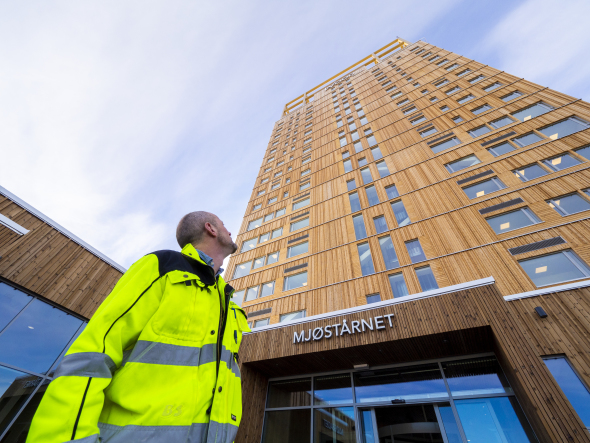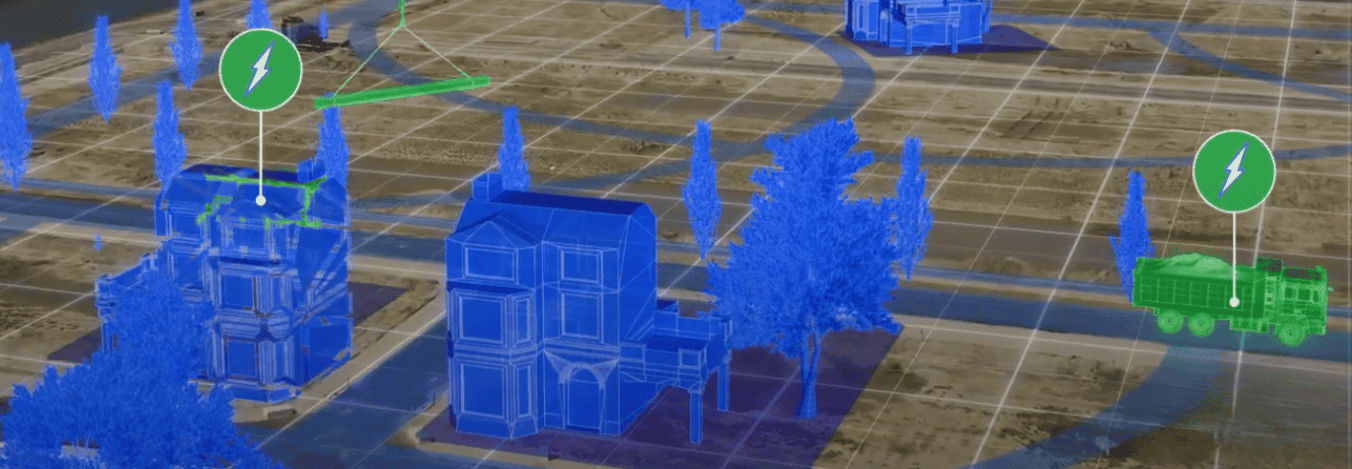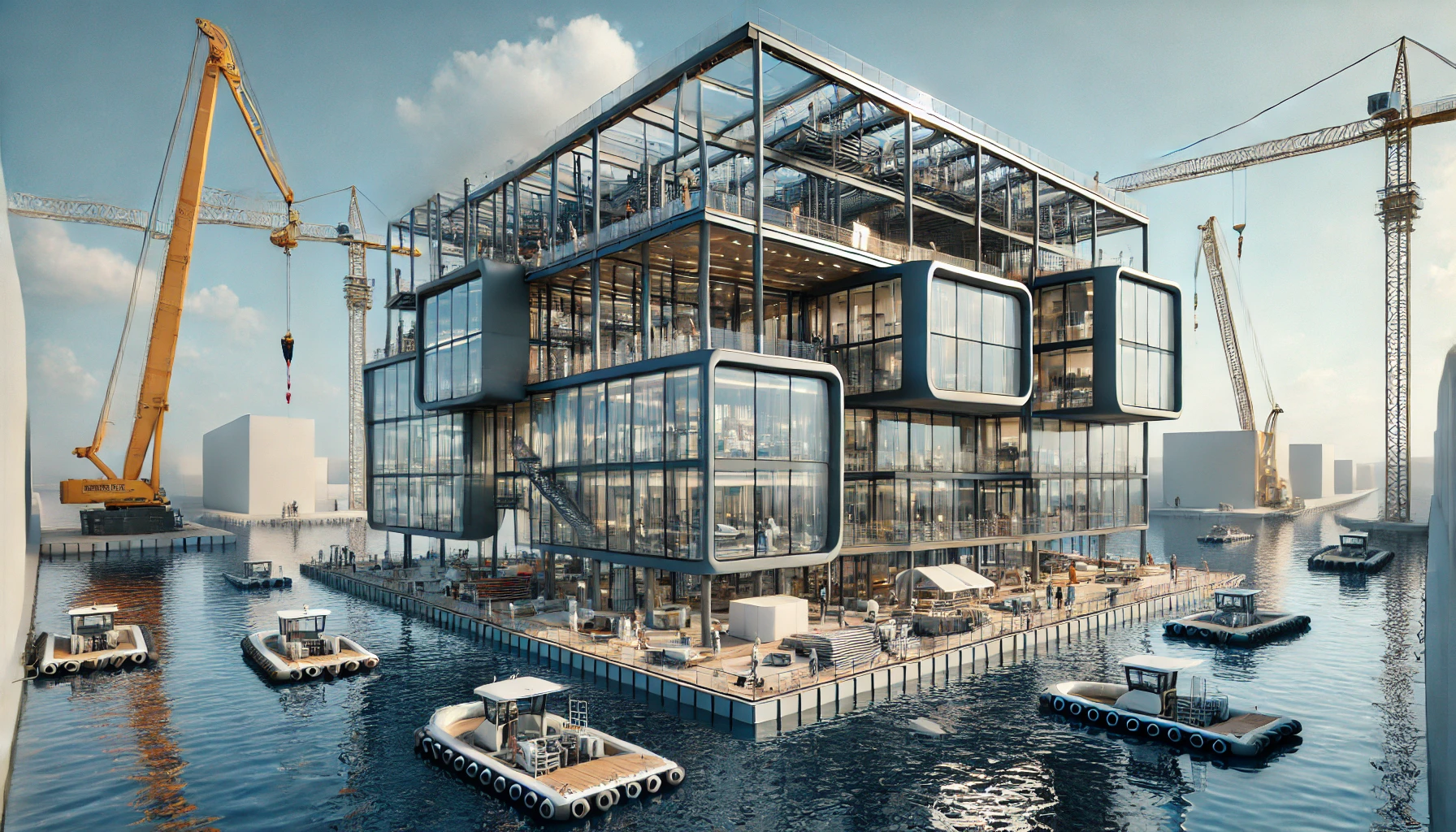
Architecture has (re)discovered wood as a building material for urban spaces. In recent months, the two tallest wooden buildings in the world were built in Vienna, Austria, and Brumunddal in Norway. Plans are even underway for a skyscraper in Tokyo. There is much to be said for this building material, emphasizes Professor Johannes Konnerth from the University of Natural Resources and Life Sciences (BOKU) in Vienna. Using timber allows you to build faster and more efficiently – and also more environmentally friendly.
At the moment, the most common building material is cement – and as such, concrete. Its production process consumes large quantities of fossil fuels and releases vast amounts of CO2. Wood, on the other hand, is derived from CO2 from the atmosphere, sunlight, and rain. Conversion from trunk to plank and finally to the finished material requires less energy that’s generated from fossil fuels. Wood would thus be a more efficient building material and could cut CO2 emissions considerably, Konnerth explains. However, research still needs to be carried out before the breakthrough becomes a reality. He teaches at BOKU’s Institute of Wood Technology and Renewable Materials. Right now, he’s in the process of introducing two new research specializations there. His focus is on new production technologies and the intelligent properties of wood. Researcher Johannes Konnerth in an interview with Innovation Origins:
When wood is used in the construction of multistory buildings in urban areas – what are the most important things to consider?
Load-bearing materials currently primarily used in Europe are glued laminated timber (GLT) and cross-laminated timber (CLT). Both materials are very safe, extremely versatile, and easy to calculate. Wood as a building material is already economically competitive, especially for large structures such as stadiums, halls, and swimming pools. The advantage over concrete and steel is its lighter weight combined with exceptional strength and rigidity. A dead load of a girder is also something that needs to be supported.
In classic multistory residential construction, the cost of the structural framework is currently around 10% higher than in classic concrete construction. This downside can be partially offset by substantially faster construction times. In addition, using wood also entails lower transport costs due to its relative lightness. Nevertheless, its financial disadvantage is often decisive.
There is still room for improvement in the production of the engineered woods mentioned above which could potentially have a massive impact on their overall cost price. The main problem is the low yield from each log. Tapered and bent trunks must be sawed down to produce square blocks according to the circle to square principle. The off-cuts account for about 50% and are sent to other value chains such as paper, furniture boards, or pellets. The planks are then dried and planed, which also leads to more wastage.
In the end, only about 25% to 45 % of a log is left over in terms of high-quality building material. Alternative manufacturing processes offer tremendous potential yet also pose a challenge. On the one hand, these should have GLT and CLT properties. While on the other, they should be able to significantly reduce wastage. This would enable the production of resource-efficient materials from wood which have an advantageous cost structure.

Several lighthouse projects have emerged in recent months – which ones are these?
There are countless examples of wooden commercial buildings. Among multistory buildings, these include the Hoho in Vienna with a height of 84 meters and the Mjøstårnet in Brumunddal in Norway, which at 85.4 meters is currently the highest wooden building in the world. One of the first multistory buildings is the Stadthaus in London, that was completed in 2009.
A Japanese consortium is planning a 350-meter-high wooden tower in the middle of Tokyo – an earthquake zone. Behind it are the oldest Japanese architectural office Nikken Sekkei and the Japanese wood processing company Sumitomo Forestry Co., Ltd. But it may not necessarily be so high. The vast majority of people live in buildings that have three to ten floors.
“If we manage to offer reasonable and affordable alternatives for three- to ten-story buildings, then timber construction will also undergo a breakthrough in urban areas.” Professor Johannes Konnerth.
How can the cost-effectiveness of wood as a building material be improved?
As described above, through new manufacturing processes and by avoiding excessive wastage of potential value creation in these processes. In order to produce a wood product on a massive scale, you don’t necessarily have to make square blocks. Currently, the industry is quite capable of marketing these byproducts in the bioenergy sector.
Nevertheless, there is another problem. At present, most of these products are based on softwood and more often than not on spruce. However, coniferous forests are coming under pressure as a result of climate change and increasing periods of drought. Massive conversion of forests is already underway in Central Europe. Consequently, this means that other types of wood must also be used in future production processes. At present, this is only possible to a limited extent. New production processes are needed, these must also be more versatile where available resources are concerned.
What makes spruce so attractive? And what alternatives are there out there?
Spruce has many advantages. Among other things, it is or has been very readily available and it grows straight. This is relevant in terms of yield. Sprice is also easy to process and easy to glue and has a very good range of natural properties.
Alternatives must meet at least two conditions. Firstly, they must be able to withstand changing climatic conditions. Also, their trunk should have reached a specific diameter in order to be of use. At the same time, there must be technologies for processing them more efficiently so that we are able to produce high-performance end products. Spruce was always extremely flexible in this respect. Subsequent alternative wood varieties will probably be used much more specifically.
Intelligent wood is expected to emerge from one of the new research focuses. Can you give us an idea of how this might look like?
We will conduct basic research into nanotechnological concepts for materials based on lignocellulosic materials. Cellulose is a key component of wood (lignum). This essentially means that these are materials that are derived from wood. Mechanical as well as chemical processes are used to produce such materials. The main chemical components of wood are cellulose, lignin, and hemicellulose. They can be present in varying proportions in end products and may not necessarily match the natural composition. In some cases, properties can be altered by merely adjusting the composition. Other modifications can also be made so as to create specific properties.
With regard to new functions of wood – which property parameters need to be developed?
We have to show that wood is or can be a high-tech material and is in many cases far too valuable to be burned. Intelligent wood, for example, can take on the function of a sensor and regulate the climate in living areas. In the past, Professor Ingo Burgert’s Wood Materials Science Group at ETH Zurich in Switzerland have presented examples of this. I am also cooperating with them in this particular field.
Thank you for this interview.
Also interesting:
Start-up of the Day: Working with nature instead of against it
Plant a forest in Spain for free in aid of the climate
And IO articles on sustainable wood in general.







